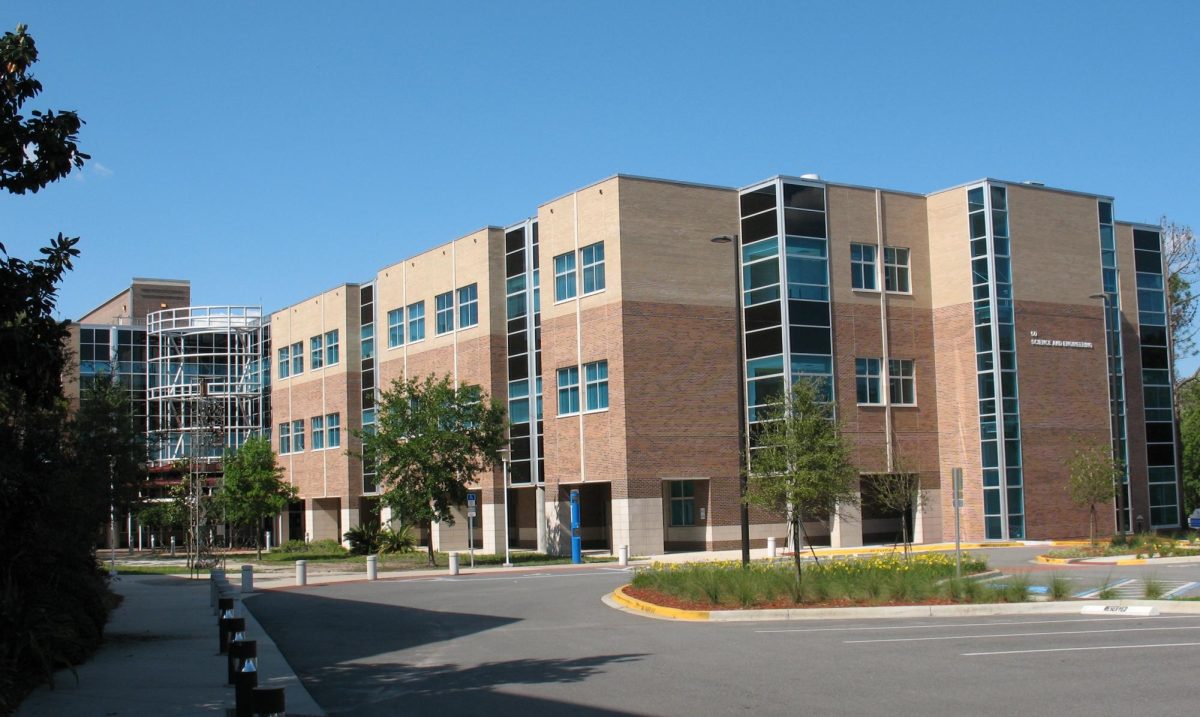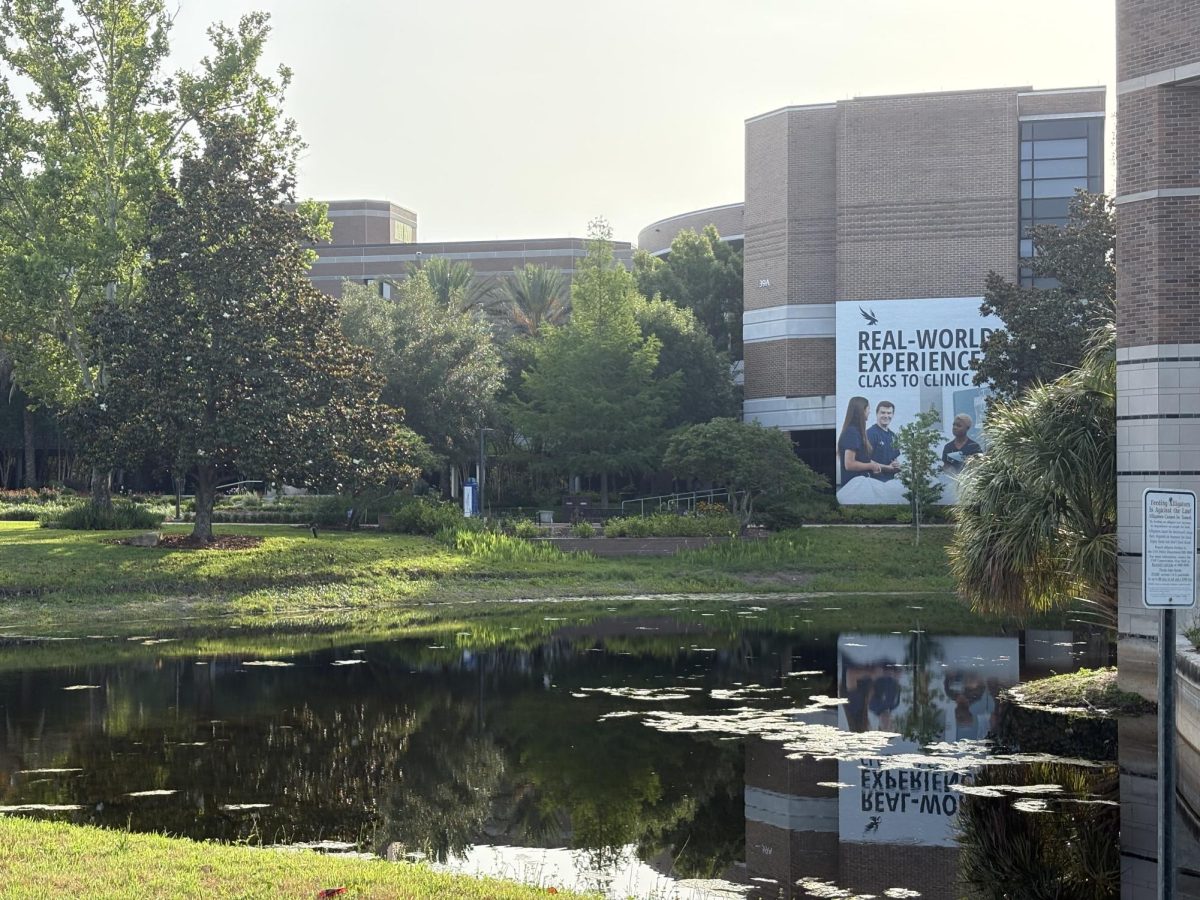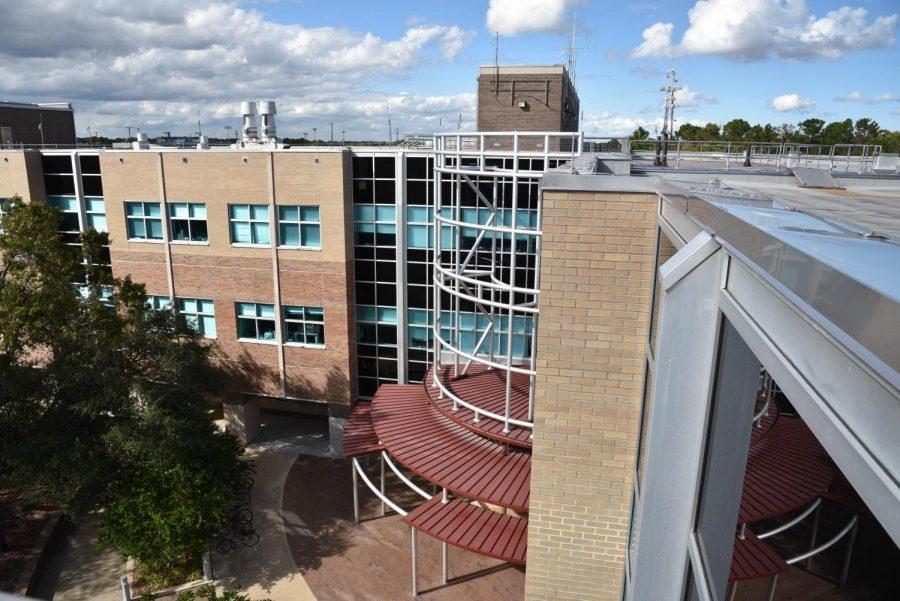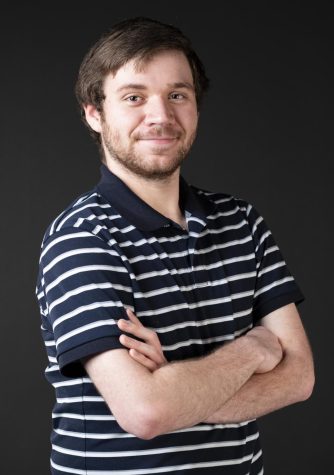The University of North Florida (UNF)’s Archaeology department wrapped up their Summer A excavation session at Big Talbot Island State Park with some remarkable finds earlier this month.
Each summer, the UNF Archaeology Lab, led by Dr. Keith Ashley, has been excavating part of the site known as “Sarabay.” The name “Sarabay” comes from the Mocama village, which is strongly believed to be the remains of what Ashley and his team are uncovering.
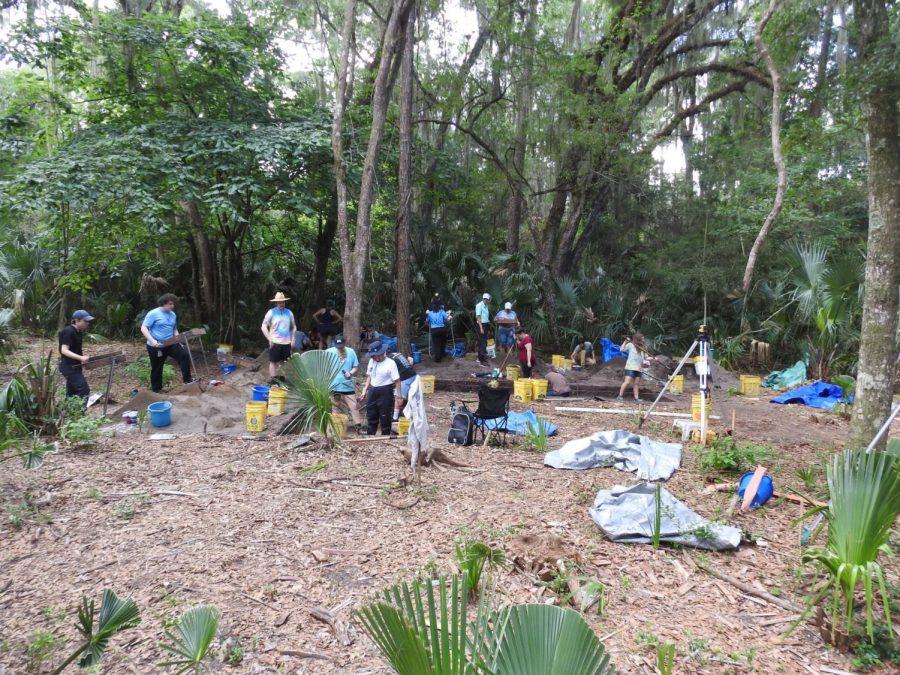
With over twenty years of archaeological experience, Dr. Ashley was part of the original team that first worked the Sarabay site in 1998. In 2017, Ashley considered returning to the site, and after reaching an agreement with the state government that owns the land, he has arranged for himself and his students to conduct eight weeks of field excavation each summer over the course of four years. They are then given one year to analyze what they find (usually accomplished during the rest of the academic year) and then send it back to Tallahassee.
Every Summer A semester from 2020 to 2023, Dr. Ashley and his students brave the summer heat to uncover more from Sarabay. According to Ashley, this time of year is chosen so there is less overlap with other courses, as students genuinely tend to spend all day in the field conducting what he jokingly called “student labor.” With this large practical experience in the field of Archaeology, students are able to learn excavation techniques and other valuable skills.
“We’re basically digging with shovels,” he said.
Dr. Ashley explained how they are trying to open up a large horizontal area. Their main way of doing this has been a massive, 6-foot wide trench extending longer than a football field. It allows them to narrow down areas to excavate.
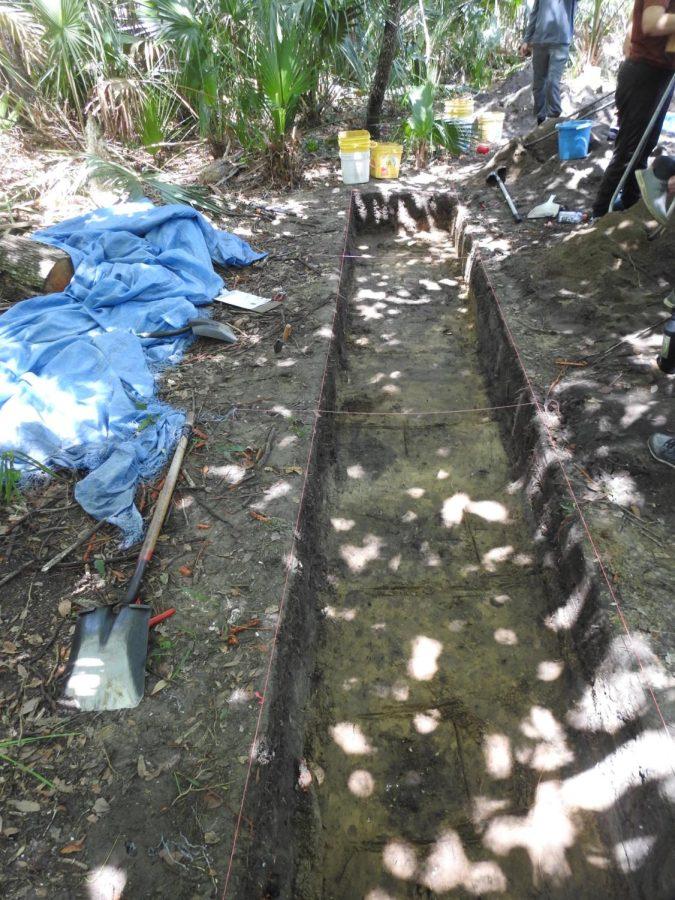
From 1998 until now, thousands of physical artifacts have been uncovered, with most of them being pottery. There have even been some recovered fragments of Spanish artifacts, further reinforcing the belief that this site was once a Mocama village, which existed before and for a period alongside the first European settlement of the area in the early 1500’s, hence the Spanish pieces.
In addition to the artifacts, Dr. Ashley and his team have discovered evidence of building foundations in the form of “post holes.” He explained that these are stains on the ground indicating where a pole of wood was once placed in the ground. Unlike masonry building techniques, wood eventually rots and decomposes, leaving the stains behind. Ashley explained how the stains could’ve just been from trees, but he found them in a large arc shape, which he believes is indicative of it being a large building, one nearly sixty feet in diameter
“What we’re hoping is that this represents maybe their council house,” Ashley said.
Council houses like this potential one were often used for community, religious, and/or political events. Remnants of a smaller house were found nearby in 1998, which Ashley hypothesized to be the chief’s residence.
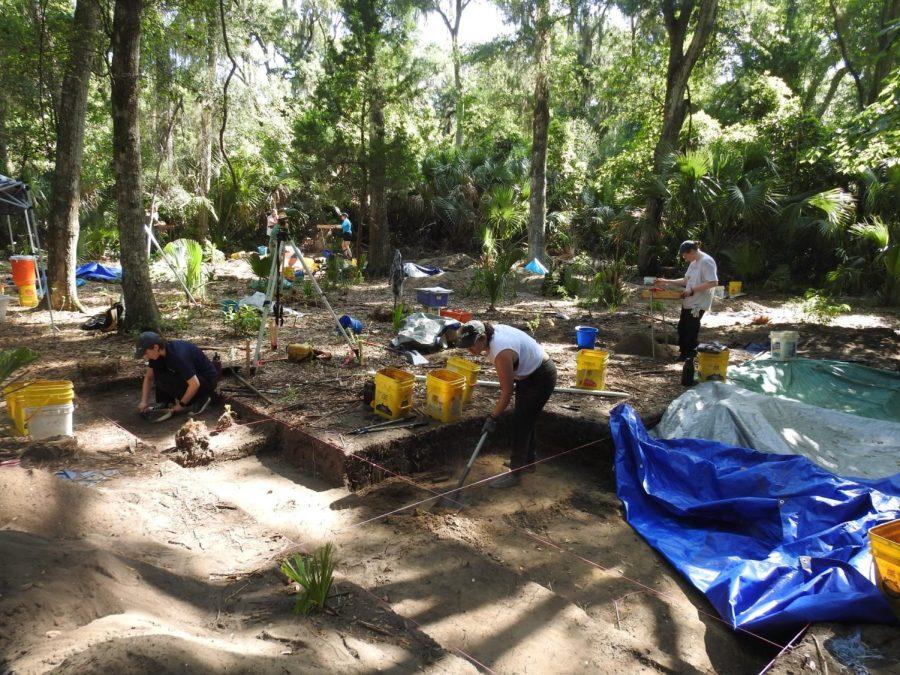
In terms of what these discoveries will contribute to greater understanding, Dr. Ashley hopes it will help the primary history of the area during the time to be constructed from the view of the Native Americans, as opposed to the Europeans, whose accounts of events are often heavily biased.
As to why this excavation work is so important? “We’re trying to keep the indigenous people in the foreground,” Dr. Ashely said.
He looks forward to further uncovering details and artifacts about life within the tribe, as well as showing how they managed for several years after the first arrival of the Spanish.
___
For more information or news tips, or if you see an error in this story or have any compliments or concerns, contact editor@unfspinnaker.com.








